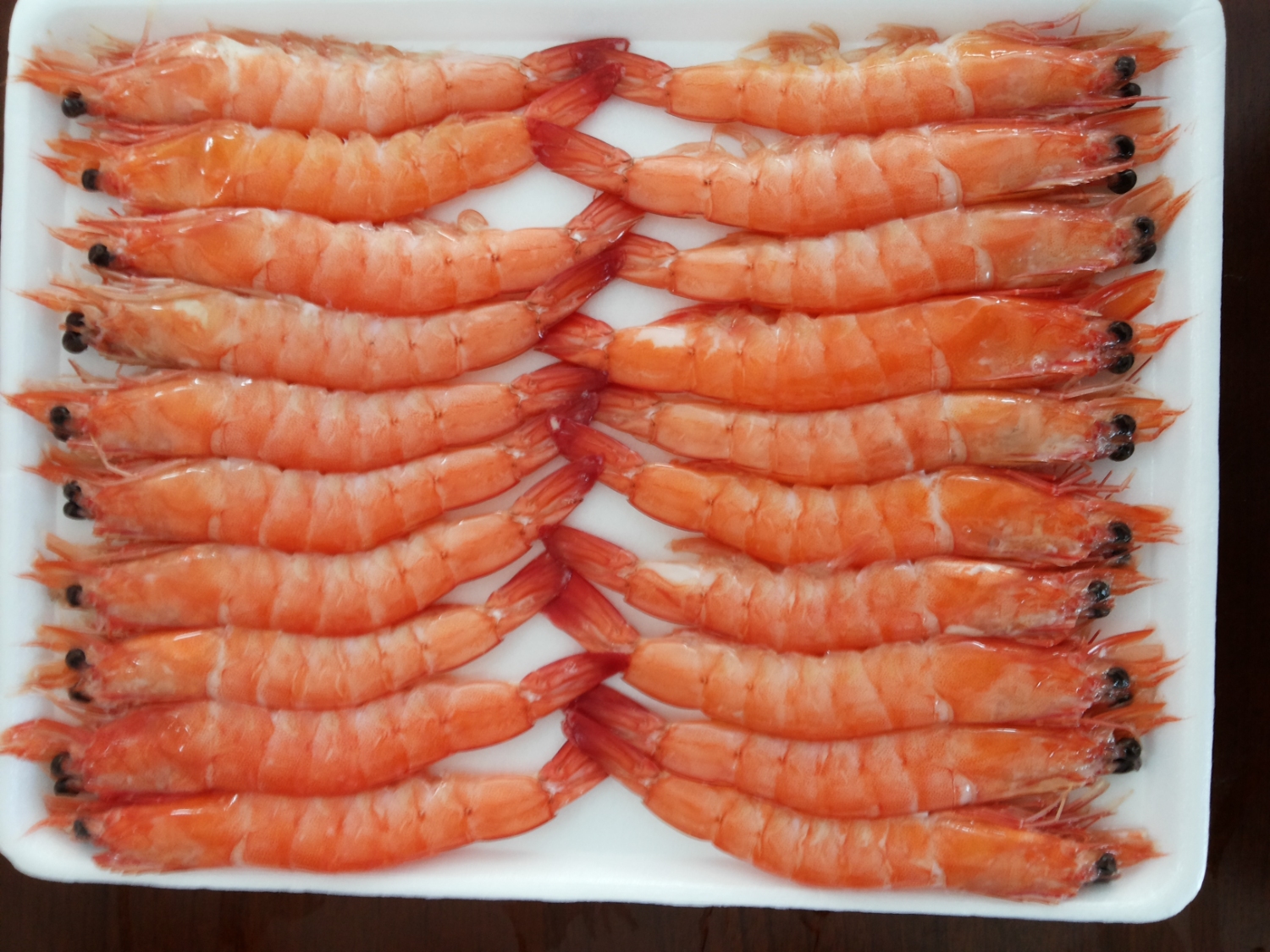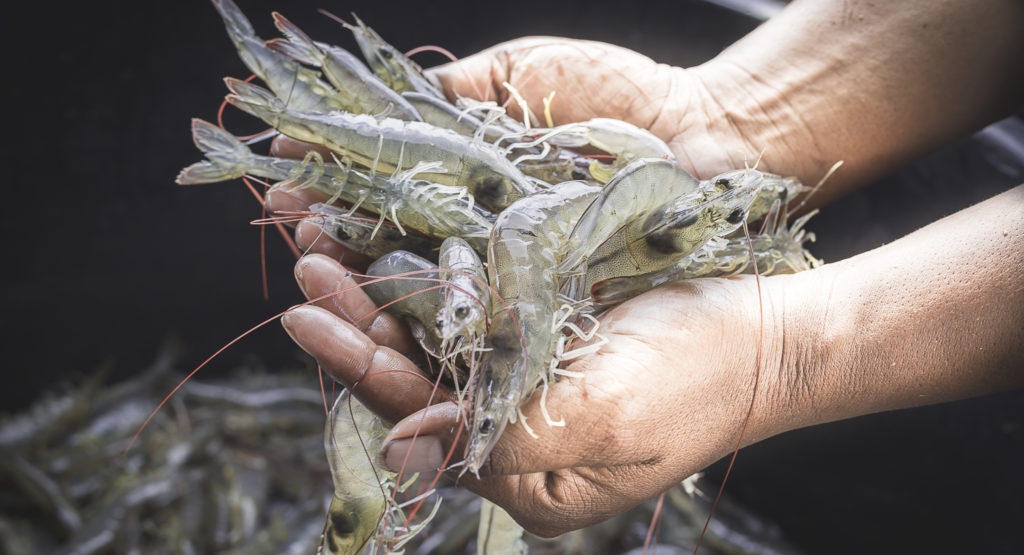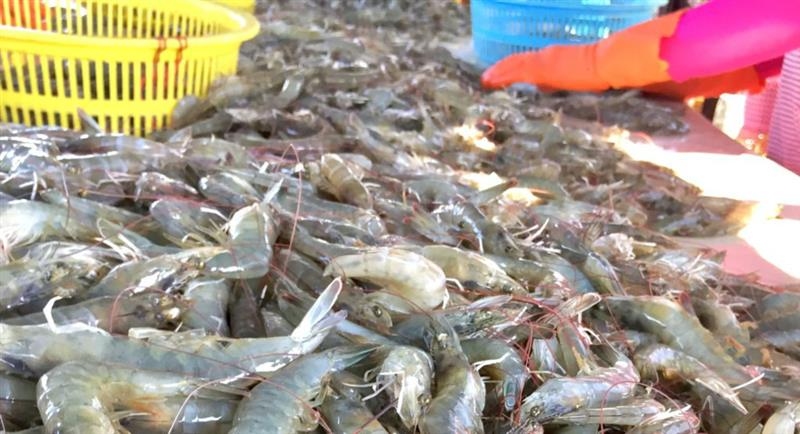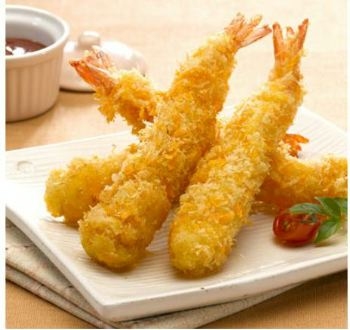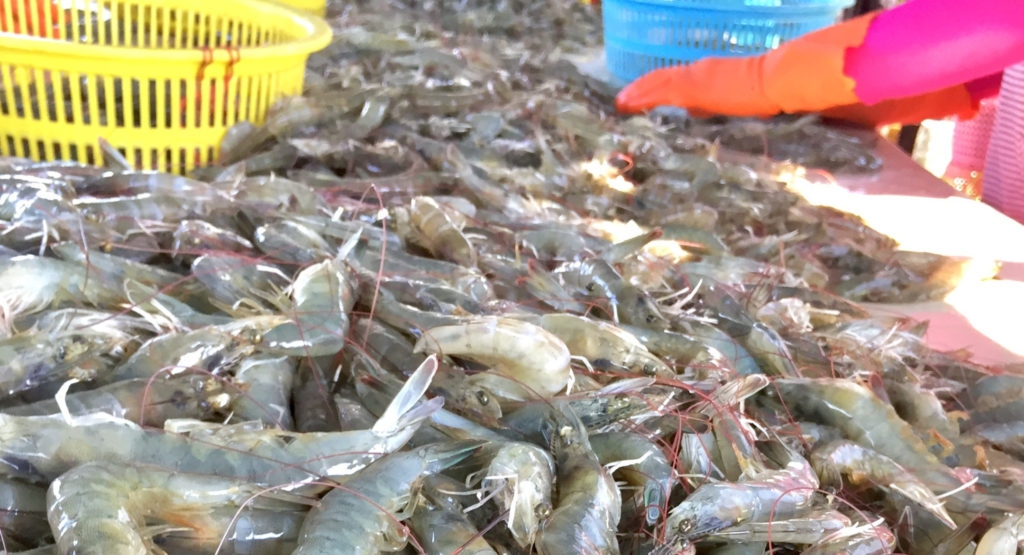
COVID-19 Price Portal Summary on Global Shrimp Markets
COVID-19 Price Portal Summary on Global Shrimp Markets
- Hon Sophia Balod, Editor-in-Chief at Shrimptails / Seafood Trade Intelligence Portal (STIP)
As promised and in the spirit of “sharing is caring”, your second in a two-part COVID-19 Price Portal Summary on global shrimp markets and producing regions.
China
While China is a huge producer of shrimp and shrimp products, China’s market influence is far more substantial
China hits a milestone on the COVID-19 pandemic as Wuhan, the pandemic’s ground zero, reported no new domestic cases last week. The lockdown measures are also gradually being loosened, allowing some public transportation to operate and allowing healthy people to resume work.
With regards to the shrimp industry, China delivers some good news as the market starts to show signs of recovery, particularly for the retail and wholesale market. On the market side, consumption of shrimp is still generally low as the consumption is still generally confined to the home. That being said, the demand for frozen shrimp is picking up as families who are on quarantine stock up on frozen goods to cook. Traditionally, Chinese usually prefer eating in restaurants or buying takeaway food, but with the population cooped up inside their homes, interest in home cooking has ramped up. However, for live or fresh shrimp, there is not much demand as the foodservice sector continues to struggle, with restaurants still closed nationwide.
On the production side, factories are starting to operate again, although they are not at full-swing yet. Activities at the ports have also resumed. Imports are still down, however, this is expected to improve further in May when trade is expected to resume regularly.
US
As the COVID-19 crisis continues, and with shrimp sales to the foodservice sector directly declining due to the practice of "social distancing", our sources mention that the retail industry is also suffering. Consumers are resorting to on-line ordering and store deliveries for their products, and shrimp seems not to be in the order basket. If things remain as they are, shrimp imports for the second quarter should be markedly down from the same period in 2019. Furthermore, as January imports were good, some stock inventory is expected to be present. Unfortunately, February’s numbers are not in yet, but it is expected that US imports were quite good, in the first two months of 2020, as importers were preparing for Lent.
We expect to see a decline in imports from March, onwards. However, with the good imports in January and February, but with the festivities such as those around Lent being blown off due to COVID-19, we can expect a fair amount of inventory to be present in the US, at the moment.
Europe
While on the European market the crisis, at the beginning of this month, felt far away, the focus of the outbreak has shifted completely from China to Europe (and the USA). As the real extensive outbreak only started 2-3 weeks ago, when speaking to our sources at that time, the effects on the European market seemed to be limited. This is, however, changing rapidly.
Most companies were looking forward to a boost in Easter sales to flush out some old stock to be ready to start purchasing towards the summer again, as many crops in Asia will market then. Now, most of the sources in the NW-EU market expect demand for new stock to be absent until summer.
From a source in Germany, we heard that many of their industry customers who supply retail have seen an increase of 20%. According to sources at large retailers in Belgium and Netherlands this increase is also seen there. Wholesale sales, in general, seem to be still going, but slowing down.
The coming months are very uncertain for the EU and the US, as the spread of the virus has not been contained and the governments are enforcing increasingly strict measures. As the imports into North-West Europe is dominated by vannamei, the increase in sales through retail can compensate, to a certain extent, for the decrease in the wholesale sector. Which might help to keep prices reasonably leveled.
Source: Shrimptails
Other news
- A recovery for the shrimp market? 17/04/2024
- Shrimp market: Fear of inflation and declining demand 22/10/2022
- Summer demand remains strong in the United States of America and Europe 08/11/2021
- Global supply chains are being battered by fresh COVID surges 18/08/2021
- Animal Health and Welfare in Aquaculture 17/08/2021
- Pangasius Imports Outpacing Tilapia 10/08/2021
- Growth in India's Shrimp Production and Exports 08/08/2021
- Decline in shrimp exports to China makes shrimps cheaper in India for domestic market 03/08/2021
- Rabobank sees plenty of positives for both shrimp and salmon sectors 29/07/2021
- Asia’s Shrimp Connoisseurs: Japan, Taiwan And South Korea 02/07/2021

